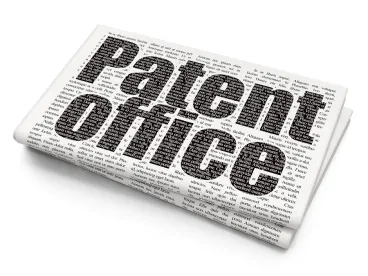On May 4, the U.S. Patent and Trademark Office (USPTO) issued a second update to its Section 101 guidance. USPTO personnel will use the May 2016 Subject Matter Eligibility Update when determining patent subject matter eligibility.
Based on the rapid developments in case law, patentees and the USPTO have been presented with a moving target of patent eligibility. Many, including the former director of the USPTO, are even calling to abolish Section 101 due to its lack of judicial clarity, lack of consistent judicial and administrative application, and recent deleterious effects on the strength of the U.S. patent system.
This May 2016 Update attempts to improve examiner correspondence and consistency with regards to Section 101 rejections, among other things. The update includes:
A new memorandum to USPTO personnel on best practices in formulating Section 101 rejections
Additional life sciences examples of subject matter eligibility
An updated index of Section 101 examples
An updated table of Section 101
An open-ended comment period to allow ongoing comments on Section 101 topics
Copies of these documents are available from the USPTO.
In regards to the memorandum, the May 2016 Update specifies that an office action must be sufficiently clear and specific to provide the applicant sufficient notice of the reasons for ineligibility and enable the applicant to effectively respond by:
Identifying the judicial exception by referring to what is recited (i.e., set forth or described) in the claim and explaining why it is considered an exception
Identifying any additional elements specifically pointing to the claim features/limitations/steps recited in the claim beyond the identified judicial exception
Explaining the reason(s) that the additional elements taken individually, and also taken as a combination, do not result in the claim as a whole amounting to significantly more than the judicial exception
For the life sciences examples, the USPTO has established a path to patent eligibility for diagnostic and life sciences patents.
But a note of caution is in order for patentees. Some of the hypothetical claims described as eligible in the May 2016 Update (e.g., claim 1 of Example 29: Diagnosing and Treating Julitis at p. 10 of the life sciences examples) appear to be ineligible under the recent Federal Circuit Sequenom precedent. Sequenom held that diagnostic patent claims were ineligible subject matter where the patent's claims were generally directed to detecting the presence of a naturally occurring thing or a natural phenomenon, and additional elements of the patent, which involved the preparation and amplification of DNA sequences in plasma or serum, did not transform the nature of the patent into a patent-eligible application because the additional elements were well-understood, routine, conventional activities. Thus, a patentee may find itself in the unenviable position of getting a patent issued by the USPTO that will not be upheld during enforcement.
There is hope that judicial or congressional clarification will obviate this issue. In the meantime, patentees may be best served by following the USPTO’s approach to get claims allowed using this May 2016 Update and, in addition, carefully considering alternative claim strategies.



 />i
/>i

